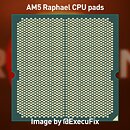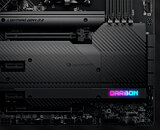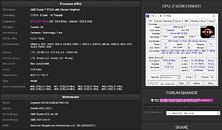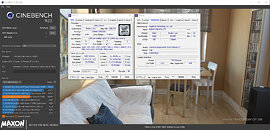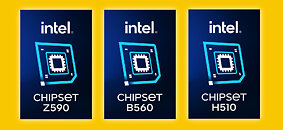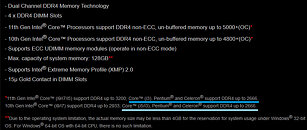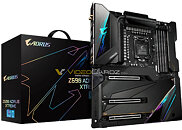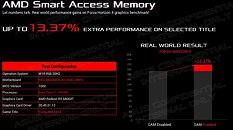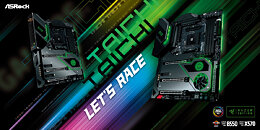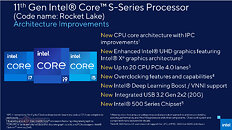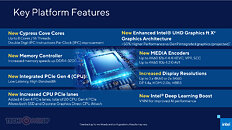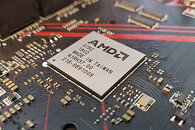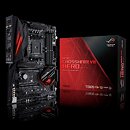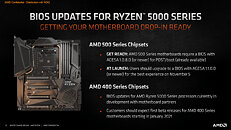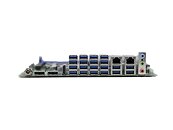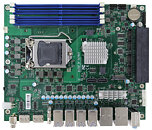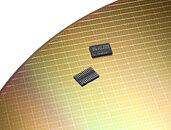
ASRock Launches Full Range of Intel Z690 Motherboard Packed with Revolutionary Technology
The leading global motherboard manufacturer, ASRock, proudly announces its comprehensive new range of motherboards featuring Intel Z690 chipset, a brand new LGA1700 socket platform to pair with latest 12th Generation Intel CoreTM Processors, opening endless possibility with PCI Express 5.0 and DDR5 high speed memory.
Z690 Taichi
Designed for premium user who is looking for uncompromised performance, ASRock Z690 Taichi is definitely the way to go, this motherboard has been given 20 phase Dr.MOS design featuring the latest SPS (Smart Power Stage) technology for a smoother and neater power to the CPU with enhanced performance and OC capability. To pair with the latest and greatest performance from the 12th Generation Intel CoreTM Processors, the Z690 Taichi is also capable of supporting the newest DDR5 DRAM module, the reinforced DIMM slot is surfaced mounted onto the motherboard to give better physical strength as well as a more stable memory signal, with this superior revolutionary design, it is able to dramatically overclock DRAM module up to insane frequency.
Z690 Taichi
Designed for premium user who is looking for uncompromised performance, ASRock Z690 Taichi is definitely the way to go, this motherboard has been given 20 phase Dr.MOS design featuring the latest SPS (Smart Power Stage) technology for a smoother and neater power to the CPU with enhanced performance and OC capability. To pair with the latest and greatest performance from the 12th Generation Intel CoreTM Processors, the Z690 Taichi is also capable of supporting the newest DDR5 DRAM module, the reinforced DIMM slot is surfaced mounted onto the motherboard to give better physical strength as well as a more stable memory signal, with this superior revolutionary design, it is able to dramatically overclock DRAM module up to insane frequency.

















